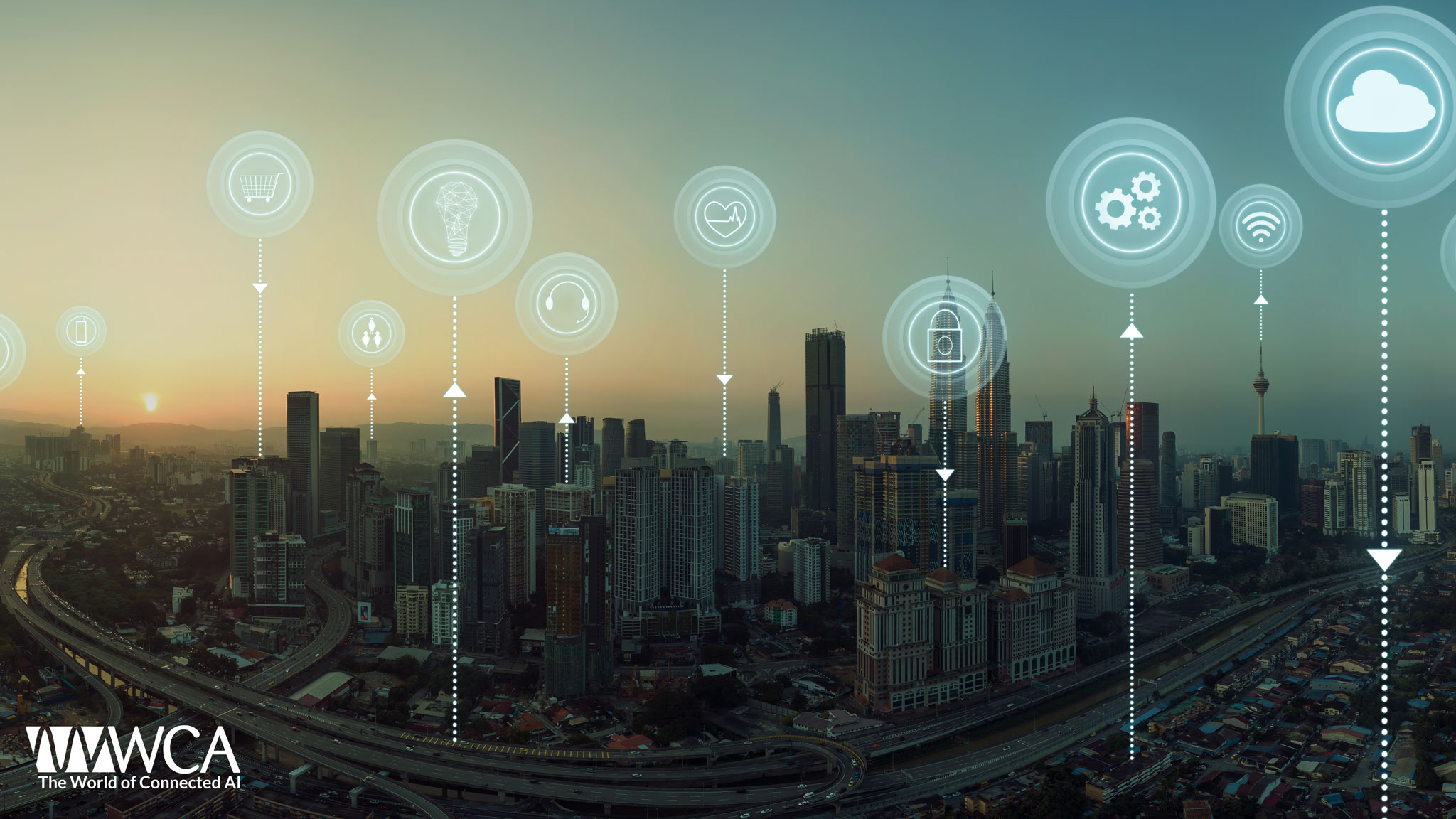
Leading global organizations, including Atmosic, Infineon Technologies, Intel, PepsiCo, Qualcomm, VusionGroup, and Wiliot, have joined forces to create the Ambient IoT Alliance.
This global initiative is dedicated to expanding and standardizing the next generation of battery-free IoT across Wi-Fi, Bluetooth, and 5G networks. The alliance aims to drive innovation and efficiency in telecom and industrial sectors, ensuring a seamless transition to a more sustainable and intelligent IoT ecosystem.
By focusing on energy-efficient, cost-effective, and interconnected IoT solutions, the Ambient IoT Alliance positions itself at the forefront of the telecom industry’s evolution.
LoRa and the Shift Toward Open, Decentralized Networks
Network limitations often restrict wireless scalability, especially in IoT. Traditional models struggle to deliver power-efficient, wide-area communication. Semtech’s promotion of LoRa and the LoRaWAN protocol changed that. Their open ecosystem enabled license-free, scalable deployment. Then came Helium, merging LoRaWAN with blockchain to crowdsource infrastructure. This created a user-powered network that rewards participants while expanding coverage. The result: decentralized, resilient communication systems without centralized gatekeepers.
Inside the LoRaWAN Framework
LoRa is a standout among LPWAN options, thanks to its adaptive data rates and bidirectional messaging. LoRaWAN defines how devices talk to the network. It operates in unlicensed frequency bands like 915 MHz (US) and 868 MHz (EU), enabling global, frictionless deployment. These networks can span up to 10 kilometers in rural areas and several kilometers in cities. Environment, antenna, and transmission strength shape performance. Still, LoRa’s blend of reach and efficiency remains unmatched in telecom-grade IoT.
Intelligence at the Edge: Where LoRa Meets AI
Telecom isn’t just about connecting devices anymore—it’s about empowering them. With edge computing, data processing shifts from central servers to the source. In LoRa networks, this shift is powered by distributed machine learning. Local nodes learn from real-time data, optimize parameters, and make decisions independently. This reduces energy usage, cuts latency, and improves system responsiveness. By using clustering algorithms like K-means and DBSCAN, LoRa networks balance traffic and adapt to changing conditions, boosting reliability.
Strategic Telecom Use in Decentralized AI Networks
LoRa’s low power draw and broad coverage make it ideal for decentralized AI networks. In these setups, intelligence resides at the edge, close to the data. LoRa enables smart traffic systems, industrial automation, and environmental sensors to communicate without constant server contact. Gateways dynamically manage factors like spreading factor (SF) and data rate (DR). This ensures robust, uninterrupted service even in busy or complex environments.
Real-World Applications and Industrial Potential
Use cases show LoRa’s strength in cost and energy efficiency. In smart EV charging, for example, LoRa supports real-time analytics without centralized hardware. This helps cities manage electricity demand and reduce emissions. For industries and governments aiming to digitize infrastructure, LoRa offers a scalable and sustainable solution. It supports smart agriculture, energy grids, and more, all while keeping power use minimal and data flows stable.
The Future of Telecom: LoRa and Edge AI
As AI advances, the need for decentralized models grows. LoRa’s role in this ecosystem is increasingly vital. Emerging AI training methods like Low-Rank Adaptation (LoRA) reduce the need for full retraining. Combined with LoRa-enabled networks, this means lighter, faster AI models can run at the edge. These systems adapt in real-time, supporting telecom’s shift to flexible, distributed intelligence. In tomorrow’s cities and industries, this blend will drive smarter, greener systems worldwide.



























































